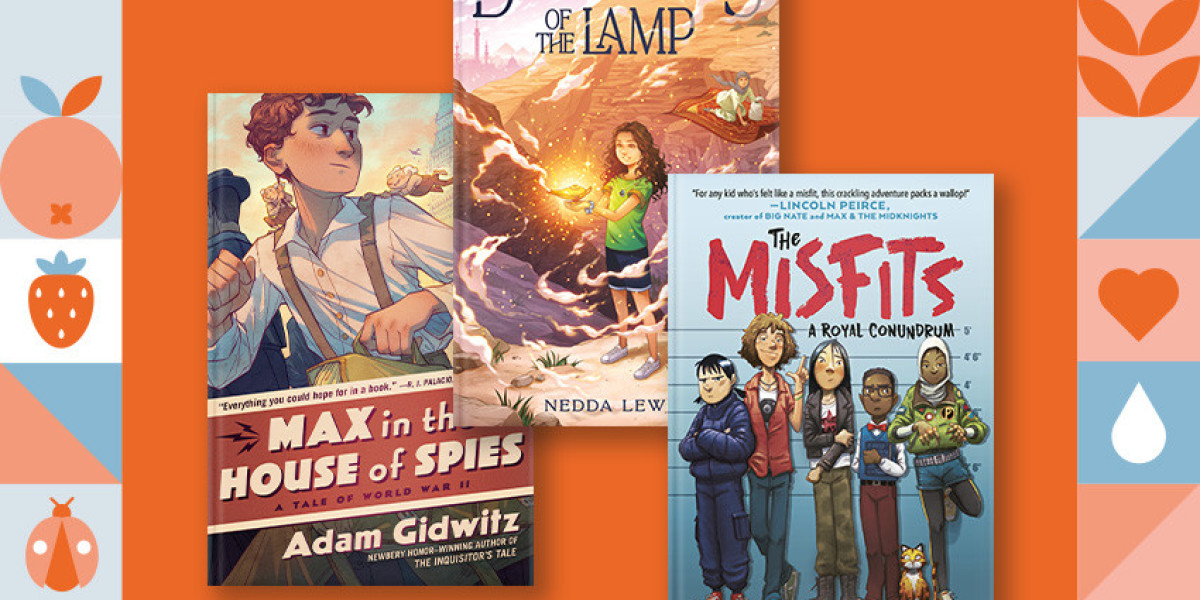In an era where information is abundant and easily accessible, the ability to critically engage with texts has never been more crucial. Critical reading is not just about understanding the words on a page; it involves analyzing, questioning, and evaluating the content to form an informed opinion or response. This article will explore various strategies for critical reading in English, emphasizing the importance of engaging with texts on a deeper level. From developing analytical skills to understanding authorial intent, the following sections will provide readers with valuable techniques to enhance their reading experience and comprehension.
Understanding the Importance of Critical Reading
Critical reading is essential in today's information-rich society. According to a report by the National Assessment of Educational Progress (NAEP), only 37% of high school students performed at or above the proficient level in reading comprehension in 2019. This statistic highlights a significant gap in critical reading skills among students. Engaging with texts critically allows readers to discern bias, identify underlying messages, and evaluate the validity of arguments presented. This skill is particularly important in academic settings, where students must analyze complex texts, as well as in everyday life, where the media bombards us with information that may not always be accurate or reliable.
Strategies for Critical Engagement with Texts
One of the most effective strategies for critical reading is active reading. This involves annotating the text, making notes in the margins, and highlighting key concepts or phrases that stand out. Active reading encourages readers to interact with the material, fostering a deeper understanding of the content. For instance, when reading an article, one might underline significant claims made by the author and write questions or comments in the margins. This practice not only aids retention but also encourages readers to think critically about the information presented. Additionally, summarizing each section in one's own words can help clarify understanding and facilitate further analysis.
Questioning the Text
Asking questions is another vital strategy for engaging with texts. Readers should approach the material with a curious mindset, posing questions such as: What is the author's purpose? Who is the intended audience? What evidence supports the author's claims? By seeking answers to these questions, readers can better understand the context and implications of the text. For example, when examining a persuasive essay, one might consider the author's background and how it informs their viewpoint. This level of inquiry not only enhances comprehension but also encourages readers to think critically about the information and its relevance to their own experiences.
Analyzing Structure and Style
Analyzing the structure and style of a text is another effective strategy for critical reading. Understanding how a piece is organized can provide insights into the author's intent and the effectiveness of their argument. Readers should take note of elements such as the introduction, body, and conclusion, as well as the use of headings, bullet points, and other formatting choices. Additionally, considering the author's tone, language, and literary devices can reveal biases and assumptions that may influence the reader's perception. For instance, an author using emotive language may be attempting to evoke a particular emotional response, which could signal bias or a lack of objectivity.
Contextualizing the Content
Context plays a significant role in critical reading. Readers should consider the historical, cultural, and social background of a text to gain a fuller understanding of its meaning. This includes examining the time period in which the text was written, the author's background, and the prevailing societal norms at that time. For example, a literary work from the feminist movement of the 1960s must be understood within its historical context to appreciate its impact fully. Engaging with texts through this lens allows readers to appreciate the complexities of the material and recognize how various factors shape the author's perspective.
Evaluating Sources and Evidence
In an age of misinformation, evaluating sources and evidence is crucial for critical reading. Readers should assess the credibility of the information presented by considering the author's qualifications, the publication's reputation, and the quality of the evidence provided. Fact-checking claims against reliable sources can also help determine the validity of the arguments made. In academic writing, for instance, a well-researched article will typically cite peer-reviewed studies and reputable sources. Readers should be cautious of anecdotal evidence or personal opinions presented as facts, as these can often be misleading.
Engaging in Discussion and Reflection
Engaging with others about texts can deepen understanding and enhance critical reading skills. Participating in discussions, whether in a classroom setting or through online forums, allows readers to hear different perspectives and interpretations. This exchange of ideas can challenge preconceived notions and encourage readers to reconsider their viewpoints. Additionally, reflecting on one's reading experience is essential for growth. Keeping a reading journal to document thoughts, feelings, and questions that arise during reading can facilitate a more profound engagement with the material and promote critical thinking.
The Role of Technology in Critical Reading
Technology has transformed the way we read and engage with texts. Digital platforms provide access to an abundance of resources, including e-books, academic journals, and articles from various sources. However, this accessibility also necessitates a more discerning approach to reading. Readers must be vigilant in distinguishing between reliable sources and those that may present biased or inaccurate information. Tools such as citation management software can assist in tracking sources and organizing research, making it easier to engage critically with texts in an academic context. Furthermore, online discussion forums offer opportunities for collaboration and dialogue, enriching the reading experience.
Conclusion: Cultivating Critical Reading Skills
In conclusion, engaging with texts through critical reading is an essential skill in today's world. By employing strategies such as active reading, questioning the text, analyzing structure and style, contextualizing content, evaluating sources, and engaging in discussion, readers can enhance their understanding and develop informed opinions. As information continues to proliferate, cultivating critical reading skills will empower individuals to navigate the complexities of texts and engage meaningfully with the world around them. By embracing these strategies, readers can transform their reading experience from passive consumption to active engagement, fostering a deeper appreciation for literature and the myriad of ideas it presents.








